- Learning time
- 40 minutes
- First play time
- 120 minutes
Castles of Burgundy
Designed by: Stefan Feld
The theme in Castles of Burgundy is that of players being aristocrats, developing their princedoms, building castles, mining silver and trading along the river.
Everyone has their own player mat (we recommend you start with matching ones) and there is also a central board from which players will be claiming tiles. During a given round, everyone rolls their (two) dice and then, in turn order, players choose how to use them. They can take tiles from the central board from an area that matches a number on a die. Taking tiles means they go into a storage area on that players’ individual mat, but they can also use a die to get a tile from storage into their princedom, where it can potentially score points. The tiles going into your princedom must match both the number used to place it and the colour of the space it occupies.
Dice can also be used to ship goods or traded in for workers. Workers help you change dice value on subsequent turns. Players score points for completing areas in their princedoms (a series of matching hexes) and also in a few other ways – certain hexes give you bonuses during the final scoring.
A first play of Castles of Burgundy is a little trickier than many games, but sticking with it will really reward. It’s a delicate blend of luck and strategy, as players roll dice on their turn – but then make informed decisions as to how to use them – buy tiles from a common supply, place them in their princedom, or ship goods? The game takes one of the traditional game components (dice) and makes something new with them.
What begins as a slightly abstract puzzle emerges into one of the most highly-rated games on the market for older players.
The guru's verdict

-
Take That!
Take That!
There is no direct conflict, but attentive players can spot their opponents strategies and make efforts to hamper them - by buying a particular tile, for instance, before they get to it. Turn order is important in this respect.
-
Fidget Factor!
Fidget Factor!
This is not a game for young children, but those who do play will find it actually moves along at a fair lick once you've grasped the mechanics.
-
Brain Burn!
Brain Burn!
The late stages of the game can be a little thinky – as can the odd round when your dice in no way match your ideal plans!
-
Again Again!
Again Again!
There are multiple player mats to choose from and the available tiles always come out randomly, so the way the game goes can be hard to predict.

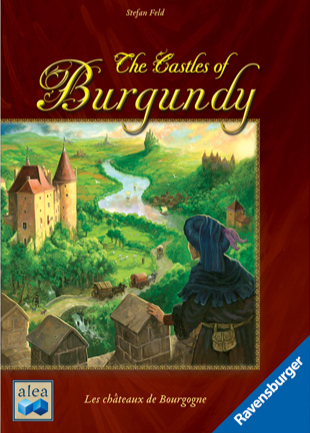
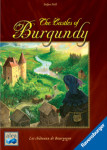

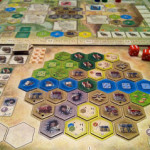
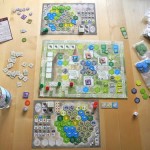
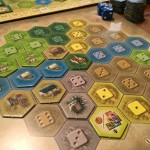
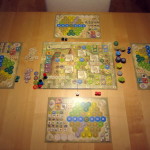
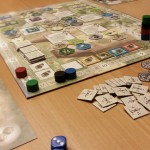
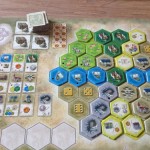


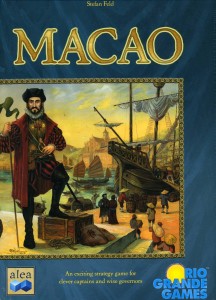
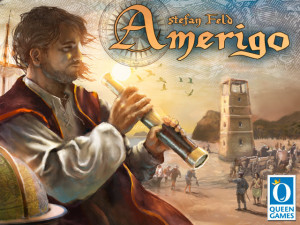
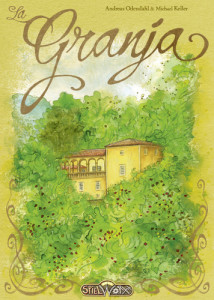

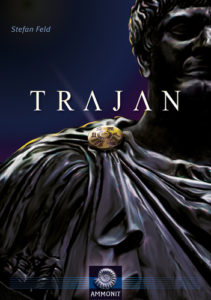
Sam says
It's very hard to describe this game briefly and make it sound alluring! Certainly it's not one to break out with the toddlers, and equally anyone who is just sitting down with you to be sociable. Players need to be invested in it. Do that, and - as long as you don't mind a game that wears its theme lightly - it's brilliant.